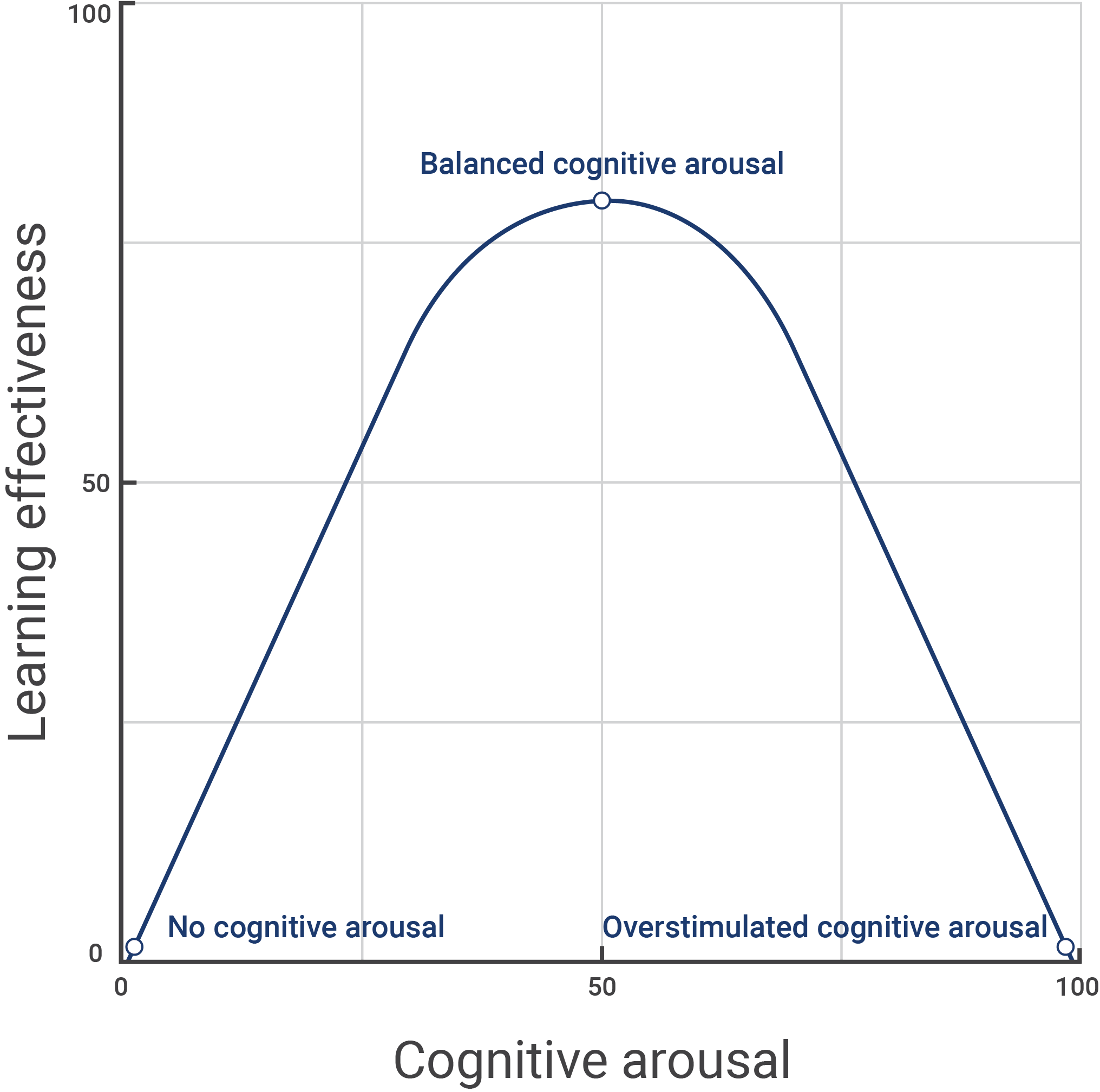When it comes to eLearning courses, video is undeniably one of the most popular mediums of instruction. It is a valuable tool for creating a diverse range of content, compiling micro lessons, and illustrating knowledge in a fun and engaging way.
Recent advances in technology, software and applications have provided video designers with endless avenues of creativity – from animations, to visual effects and sound effects, tablet views and talking heads. When combined with learning content, these video elements can transform something seemingly dull into something exciting and unique.
However, with countless design options available to instructors, it is all too easy to go ‘full Hollywood’, forgetting that the purpose of the design is, ultimately, to maximise the learning experience – not simply to entertain. As such, it is crucial to be familiar with the principles for creating effective eLearning videos, which enhance engagement without detracting from the learning opportunity.
Fortunately, there is an abundance of research that outlines video learning theory, and provides a foundation for designing effective eLearning videos. This article explores three of these key theories and their applications.
1. Arousal Theory
The Arousal Theory is reasonably straightforward. It states that the addition of entertaining elements will not only increase a video’s production value, but will also make it more interesting, thereby increasing learner engagement. In other words, when we are interested in something, we pay attention and engage with it – and if we engage with it, we learn! In the context of eLearning, appropriate entertaining elements may include pictures, animations, narration, sound effects and background music.
2. Coherence Theory
The Coherence Theory is the exact opposite of the Arousal Theory. It states that the addition of entertaining elements will, in fact, distract the learner. In other words, although this may be successful in entertaining the learner, it will prevent them from absorbing and retaining information effectively. Consequently, it will inhibit the learning process.
Balancing arousal and coherence
 Both the Arousal Theory and the Coherence Theory hold validity. In terms of eLearning videos, their relationship can be illustrated on an inverted-U curve, as depicted above. If the video is not engaging, then there is no cognitive arousal, and the learning effectiveness of the video will be low. This is because the learner is not interested or engaged in the content, and may even stop watching the video at some point. At the same time, if the video has too many additional elements, it can be overstimulating, meaning that the learning effectiveness will be low due to distraction.
Both the Arousal Theory and the Coherence Theory hold validity. In terms of eLearning videos, their relationship can be illustrated on an inverted-U curve, as depicted above. If the video is not engaging, then there is no cognitive arousal, and the learning effectiveness of the video will be low. This is because the learner is not interested or engaged in the content, and may even stop watching the video at some point. At the same time, if the video has too many additional elements, it can be overstimulating, meaning that the learning effectiveness will be low due to distraction.
The solution lies somewhere in the middle: there should be enough ‘extras’ to capture the learner’s interest and attention, without being excessive and distracting. Here, the balance between learner engagement and learning effectiveness is optimised.
3. Cognitive Theory of Multimedia Learning
This theory is perhaps the most important to consider when designing eLearning videos. It suggests that the brain has two channels for acquiring and processing information in working memory. The first is the visual channel, and the second is the auditory channel. Information is acquired through these channels, processed in working memory, and then stored in long-term memory, where it can be recalled.
Both the visual and audio channels have limited capacity; but in theory, more information can be absorbed if a video contains both auditory and visual content, compared to only providing information via a single channel. Once again, however, these channels can also become overloaded if there is excessive information or ‘noise’, resulting in cognitive overload and an inhibited learning experience.
How do these theories tie together?
All three of these theories are key to understanding the balance between enhancing the effectiveness of a video and detracting from the learning opportunity.
For example, according to the Cognitive Theory of Multimedia Learning, a learning opportunity will be maximised by visually demonstrating the process of working through a calculation, while simultaneously explaining it via audio. Based on the Arousal Theory, one might try to increase engagement by adding background music to the visual illustration. However, if one were to combine all three elements – i.e. an animation, an auditory explanation and background music – this would more than likely overwhelm the learner.
On the other hand, consider a National Geographic episode. This would not be as immersive without Sir David Attenborough’s narration being combined with music as well as the sounds of nature – three different auditory effects! In this case, the specific combination of sound effects increases arousal and engagement, and will enhance the learning experience.
Best practices from these theories
As you can see, there is no ‘one-size-fits-all’ guideline for creating eLearning videos. Ultimately, one must carefully consider the information being presented. In other words, the choice of whether to add or omit certain elements will largely depend on the type of content.
However, the following best practice guidelines can be drawn from the theories discussed, and provide a helpful framework for enhancing the learning opportunity.
Arousal Theory
- Signalling: Use visual or audio effects to signal which information is important for the learner to understand, and to increase engagement.
- Production value: Always aim for the best production value possible. Issues such as poor-quality audio, clunky animations or even heavy accents can distract learners.
- Relevance: Ensure that the video style, the content, and the presenter’s appearance and/or accent match your learner demographic. This makes the video more relatable to them.
Cognitive Theory of Multimedia Learning
- Multimedia learning: Present information visually and auditorily, in order to optimise the amount of information that can be absorbed via these channels, processed in working memory, and assimilated into long-term memory.
Coherence Theory and Cognitive Theory of Multimedia Learning
- Weeding: Remove anything that is not necessary for the lesson, and that may distract or overload the learner.
Arousal Theory and Cognitive Theory of Multimedia Learning
- Increase engagement: Add sound effects or visual effects that complement the information being presented.
- Match modality: Choose the most appropriate type of video for the content being presented. If you are working through calculations, then a screencast will be best suited. If you are discussing theory, then an animation or lecturer view may be more effective.

